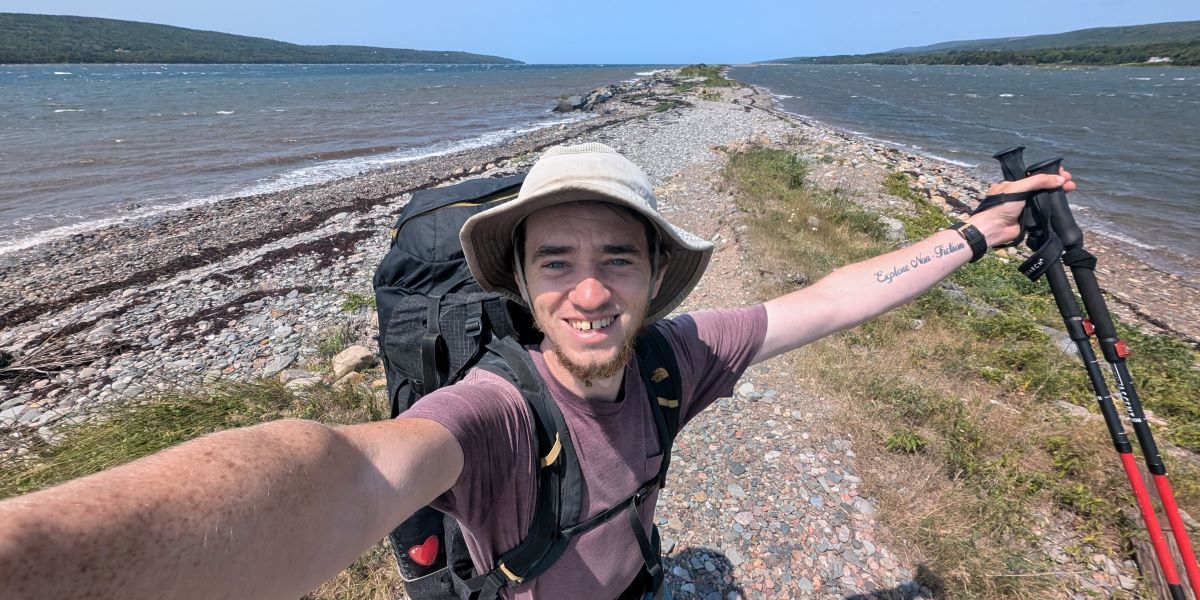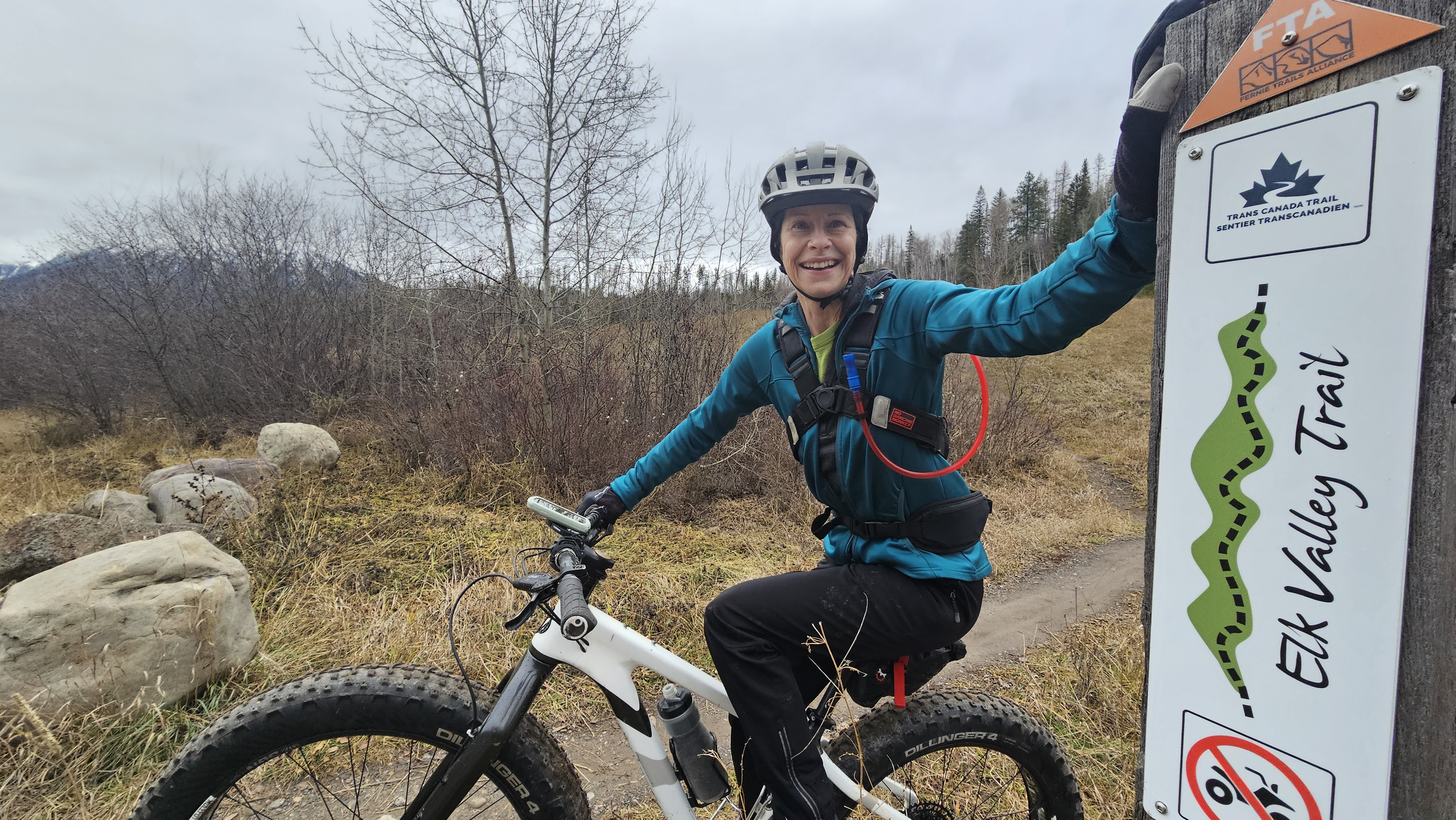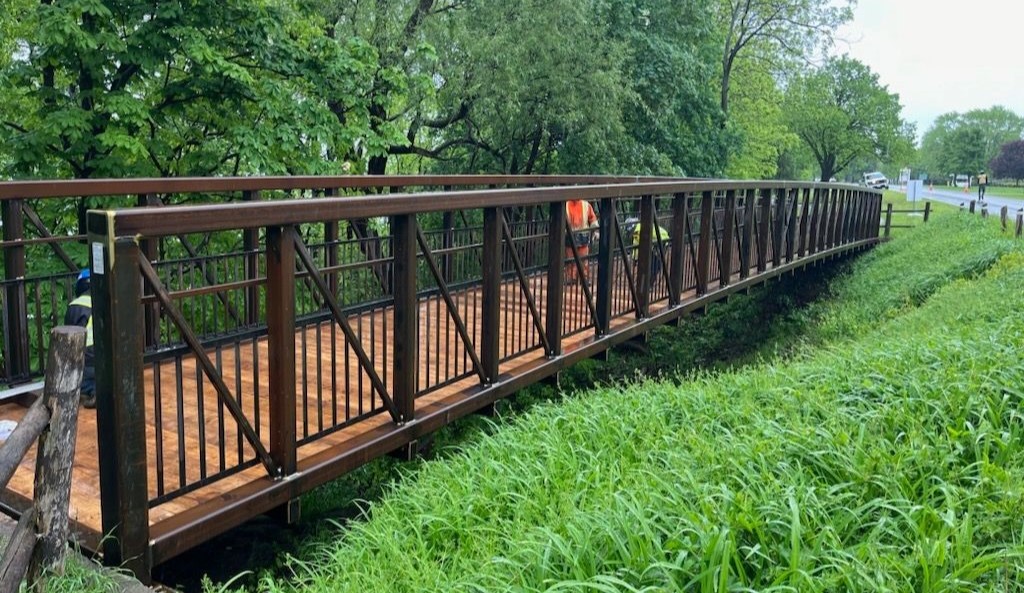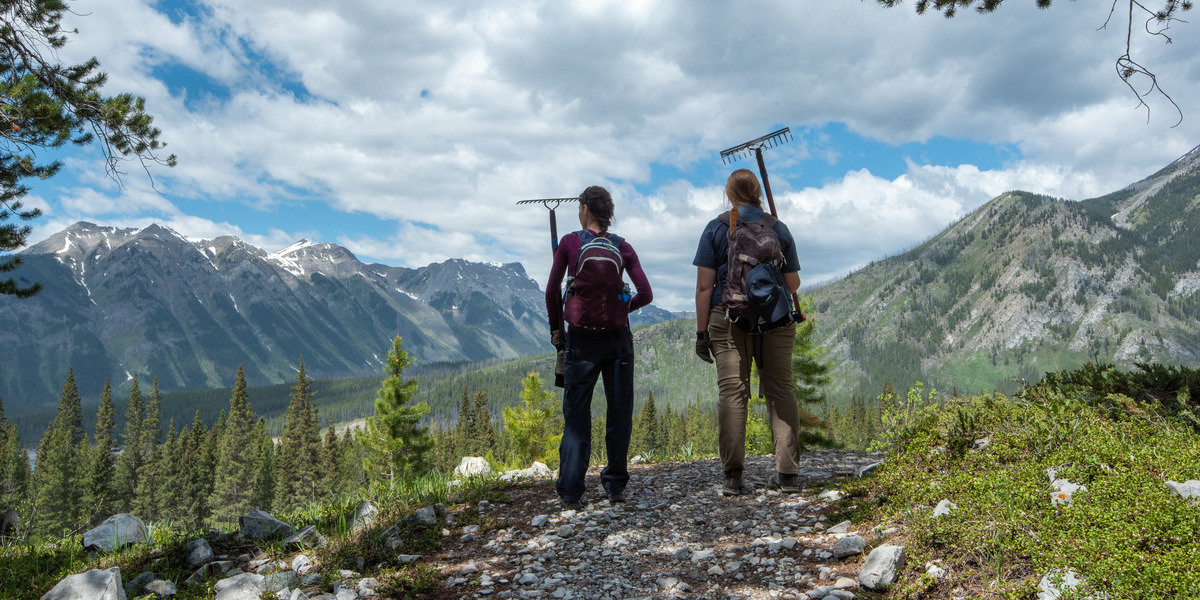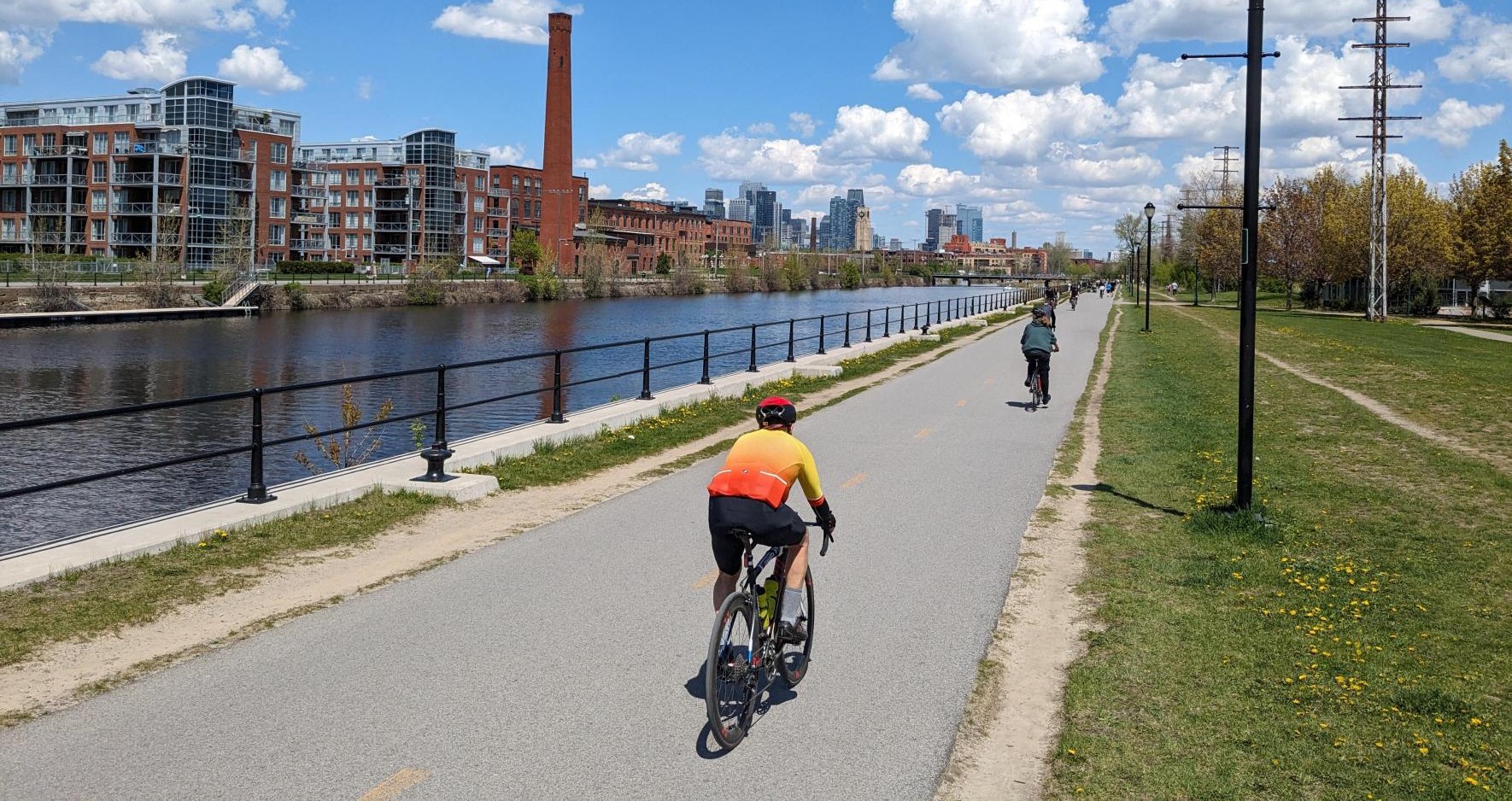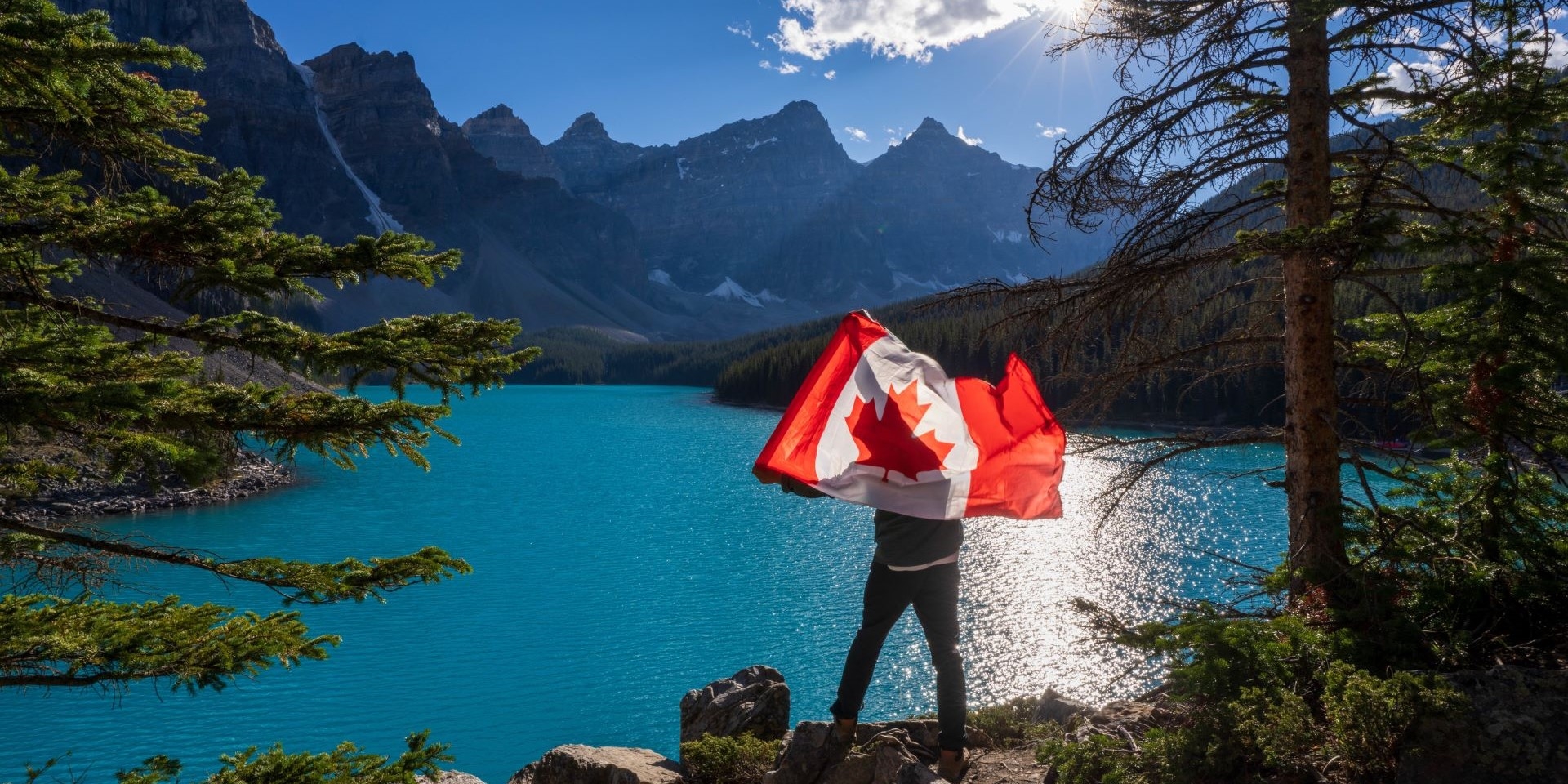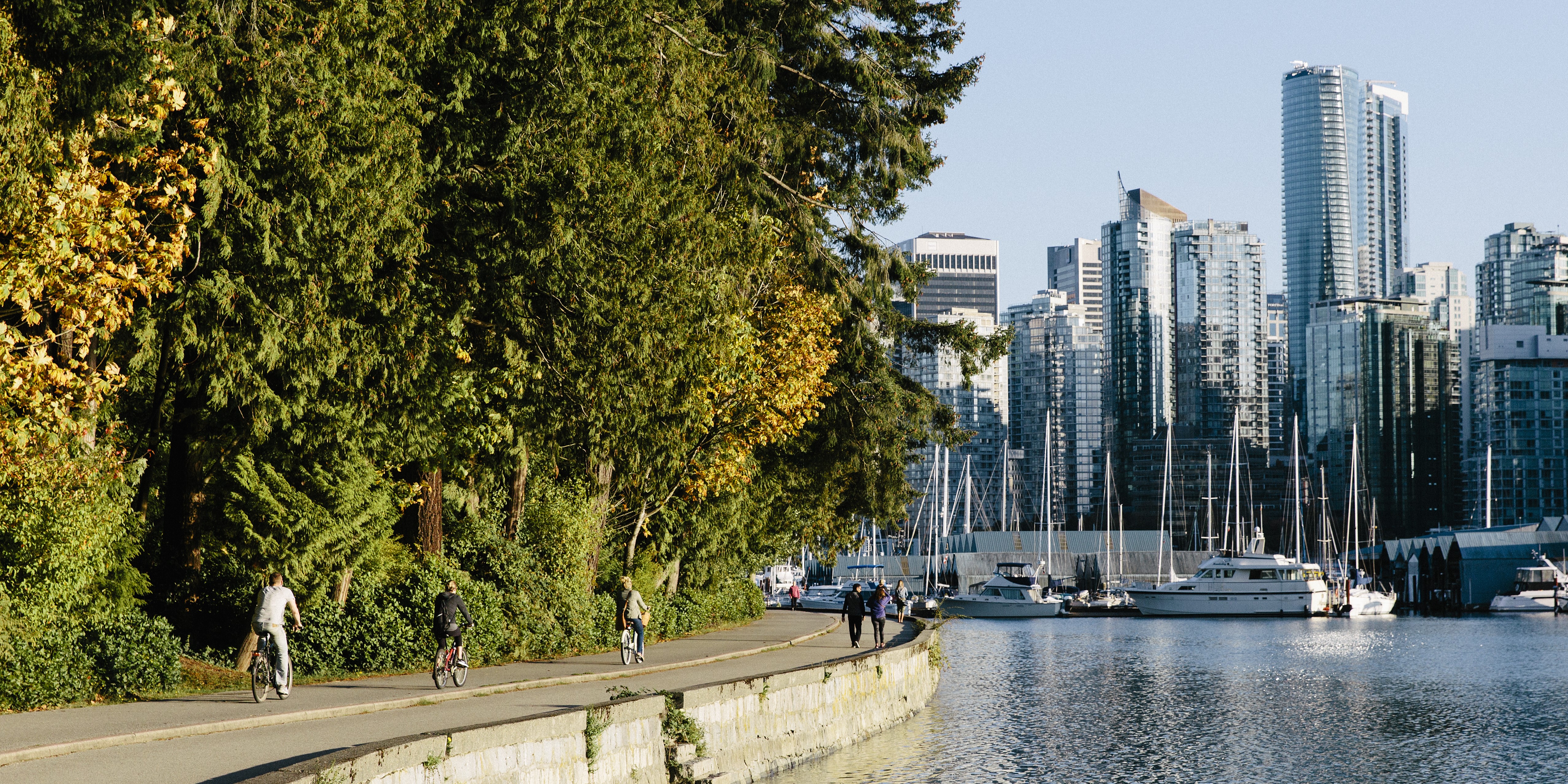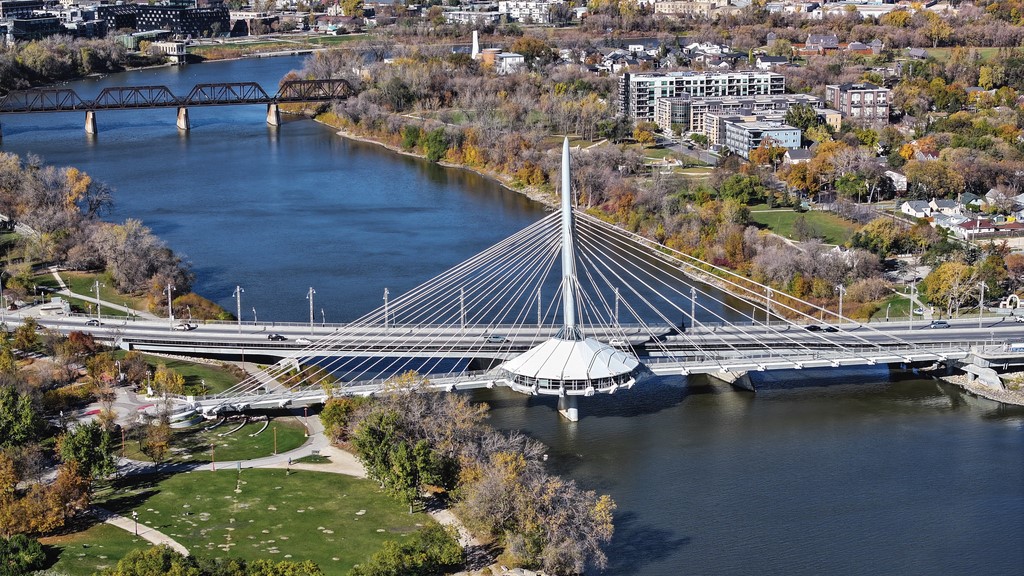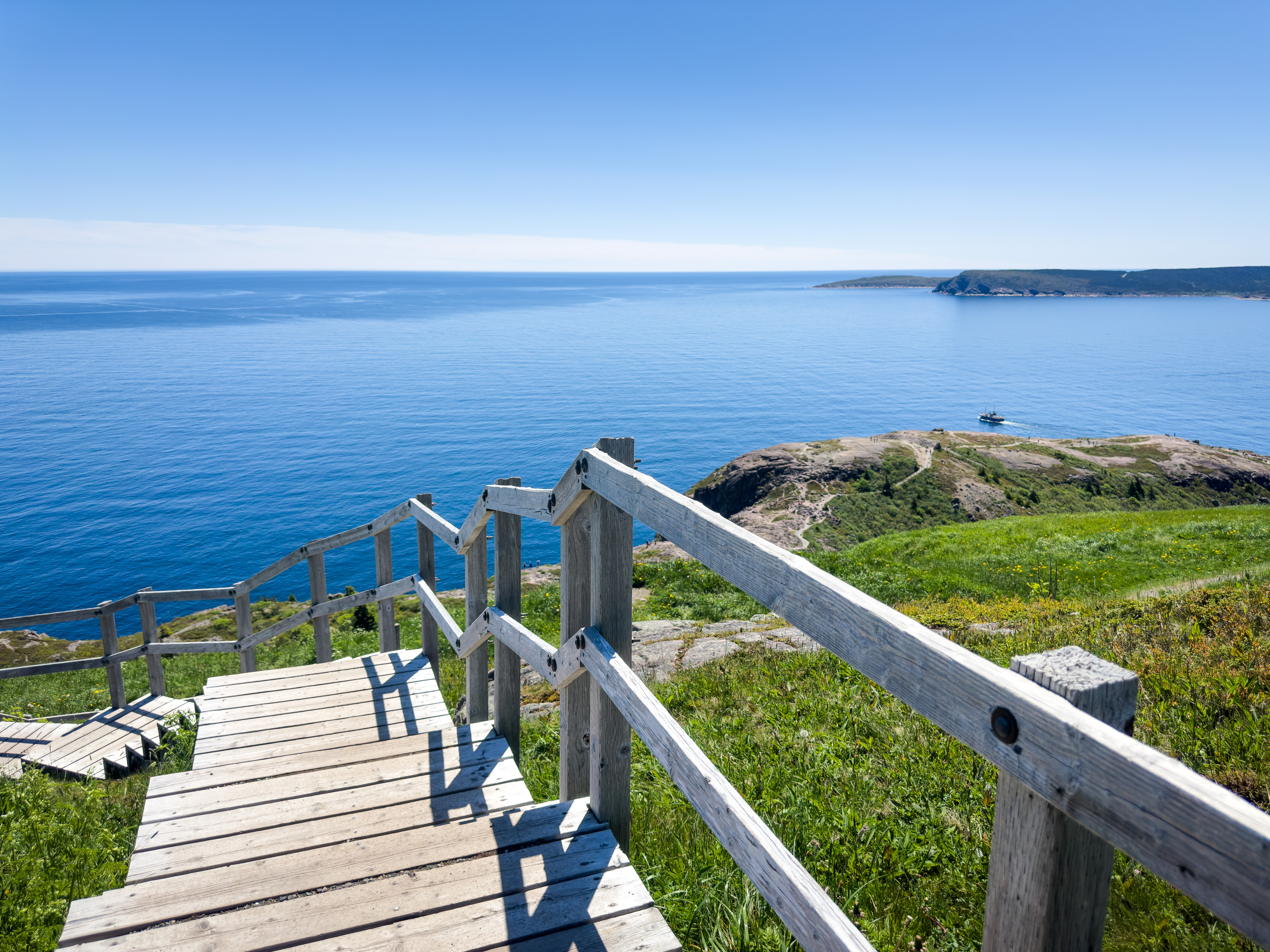5 Must-See Sections of The Great Trail in Saskatchewan
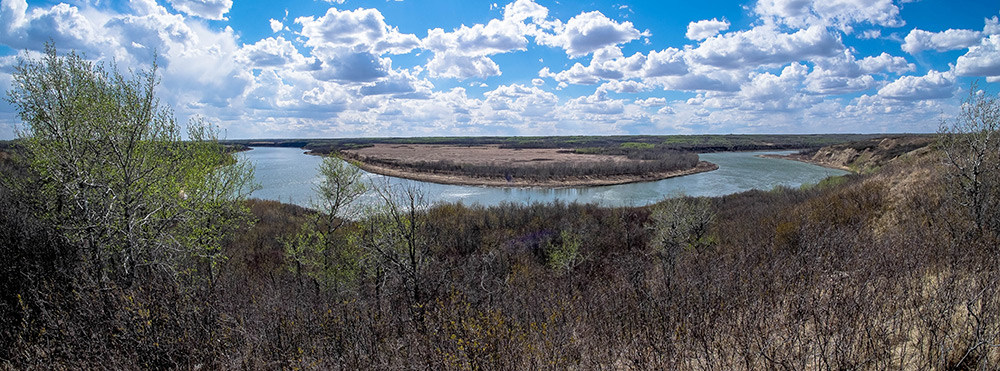
View of the South Saskatchewan River from Batoche . Photo by Christoph Reiners.
Regina to Lumsden
If you’re up for a great day-hike, try walking the Trail from Regina to Lumsden, which lets you leave the city behind, taking you along the Saw-Whet and Wascana trails. On your way, you’ll likely see a variety of wildlife and beautiful open fields and rolling hills.
Louis Riel Trail
If you enjoy cycling, try this scenic, bicycle-friendly section of the Trail that follows the route travelled by Métis leader Louis Riel. From Saskatoon, this Trail section leads cyclists to the National Historic Site (NHS) at Batoche, Riel’s headquarters and the site of the last battle of the North-West Rebellion of 1885. Along the way, it connects to a second NHS, commemorating Seager Wheeler, “the Wheat Wizard of Rosthern.”
Qu’Appelle Valley
The Trail makes its way into Qu’Appelle Valley south of Melville near Crooked Lake, after which it continues west along the historic Fort Ellis Trail, into Fort Qu’Appelle and onto the Qu’Appelle Valley Waterway. This section of the Trail is brimming with picturesque countryside, rolling grasslands and open marshes and makes for an ideal getaway hike, reprieve from the hustle and bustle of the city. The Great Trail in Qu’Appelle Valley is an important addition to the region’s recreational infrastructure and makes for a great tourist attraction, all thanks to the collaboration of the rural municipalities of McLeod, Elcapo, Wolseley, Abernethy and North Qu’Appelle.
Fort Pitt Trail
This section of the Trail is adjacent to Fort Pitt, and passes many historic sites along the north bank of the North Saskatchewan River. Established in 1829 to act as a halfway point between Fort Carlton and Fort Edmonton, Fort Pitt played important roles in the fur trade, the signing of Treaty Six and in the North-West Rebellion of 1885. This section of Trail is ideal for cyclists and Canadian history aficionados.
Elbow Trail
The late Canadian author Farley Mowat once described the village of Elbow, Saskatchewan, as “a typical prairie village with an unpaved main street as wide as the average Ontario farm.” The main street has since been paved, and just beyond the village, nestled in the lush green fields of southwestern Saskatchewan, the Elbow View Trail stretches north along Lake Diefenbaker — named after John G. Diefenbaker, the 13th Prime Minister of Canada — and ends in Danielson Provincial Park. Elbow’s name was derived from the bend in the South Saskatchewan River, where the village was built. This section of the Trail is roughly 30 kilometres long, with a gravel surface ideal for walking or hiking, cycling, and horseback riding, as well as cross-country skiing in the winter.



